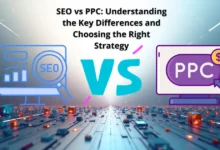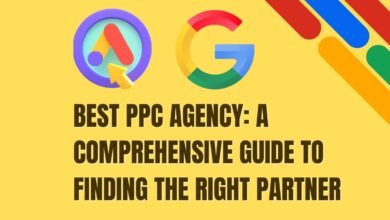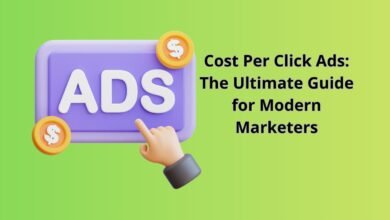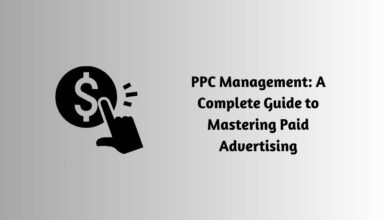Advanced PPC Marketing Strategies for 2025: Maximizing ROI Through Smart Automation
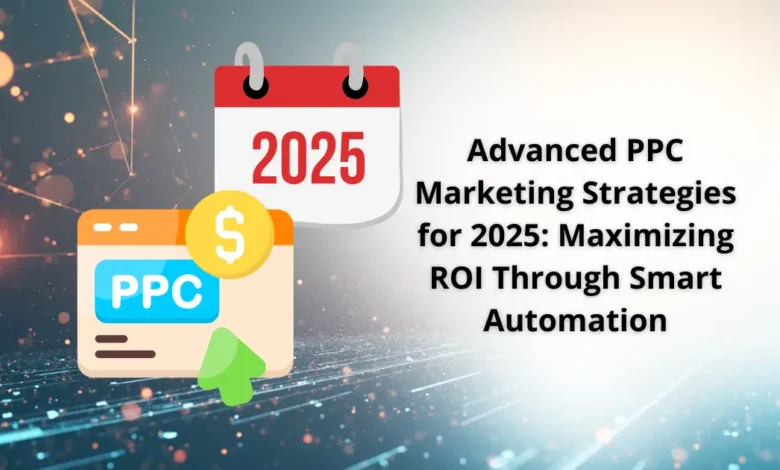
PPC Marketing in 2025 has evolved far beyond keyword bidding and manual campaign management. The landscape is now dominated by automation, AI optimization, and audience intelligence—driving unprecedented results for brands that know how to adapt. As competition intensifies and user behavior grows more complex, marketers must embrace smarter strategies to sustain performance and maximize return on investment (ROI).
table of contents
How PPC Marketing Is Evolving Through Smart Automation
In 2025, PPC marketing is defined by a single concept: automation with intelligence. Platforms like Google Ads, Meta Ads, and Microsoft Advertising now rely heavily on machine learning algorithms that dynamically adjust bids, audiences, and creatives in real time.
Instead of marketers manually tweaking hundreds of campaigns, AI does the heavy lifting—analyzing millions of signals per second to identify the best ad placements, timing, and messaging.
The result? Leaner budgets, higher ROI, and more time for human marketers to focus on strategy, storytelling, and experimentation.
1. Predictive Bidding: The Heart of Modern PPC
One of the biggest innovations in PPC marketing automation is predictive bidding. Powered by AI, predictive bidding uses past performance, audience data, and contextual signals to forecast conversion likelihood before each auction.
This system ensures that bids are placed only when the probability of conversion is high—minimizing wasted spend and improving ad relevance.
For example, Google’s Smart Bidding and Meta’s Advantage+ now automatically adjust bids for each impression based on intent signals, device type, time of day, and even emotional tone in user queries.
2. Dynamic Ad Personalization
Generic ads are dead. In 2025, dynamic personalization allows PPC campaigns to adapt ad copy, visuals, and calls-to-action (CTAs) in real time.
AI systems analyze user behavior and instantly modify the ad displayed—showing different offers, products, or tones depending on who’s watching.
For instance, an e-commerce platform might show “Free Shipping” to a first-time visitor, but “20% Off for Returning Customers” to loyal buyers. This precision targeting increases click-through rates (CTR) and conversion value while reducing cost per acquisition (CPA).
3. The Power of Audience Clustering
Traditional audience segmentation (age, gender, location) is no longer sufficient. AI-driven audience clustering now groups users based on shared behavioral traits, interests, and purchase patterns—even when those users seem unrelated on the surface.
This allows PPC marketers to uncover hidden segments that outperform traditional demographics. For example, a sportswear brand might find that people who stream motivational podcasts respond better to high-energy ad creatives than fitness enthusiasts in general.
By targeting these clusters, businesses can drastically improve ad efficiency and engagement.
4. Cross-Platform Automation and Unified Reporting
With customers jumping between Google, TikTok, YouTube, and Amazon within hours, the ability to manage multi-platform campaigns is critical.
AI-driven cross-platform automation allows marketers to unify all their campaigns in one dashboard, automatically syncing creative assets, budgets, and reporting.
Smart PPC systems track users across devices and platforms, ensuring that retargeting ads follow audiences seamlessly—without wasting impressions or violating privacy standards.
This integration not only improves consistency but also gives businesses a single source of truth for campaign performance.
5. Zero-Click Conversions and On-Page Optimization
As search engines and social platforms continue to reduce outbound clicks, zero-click conversions have become a major trend. PPC marketers now focus on generating conversions directly within the ad environment—whether through instant forms, app installs, or lead-generation widgets.
AI helps identify which users prefer to convert within the platform and automatically optimizes for that behavior. This shift reduces friction and allows for faster decision-making—especially on mobile devices.
In addition, automated on-page testing tools now adjust landing pages dynamically based on visitor behavior, improving engagement and reducing bounce rates without manual A/B testing.
6. AI in Creative Optimization
Contrary to old fears, AI hasn’t replaced creativity—it has elevated it. Today’s PPC campaigns use creative automation tools that analyze which visuals, headlines, and formats perform best and then automatically generate optimized variations.
Marketers upload multiple ad elements, and AI dynamically combines them to form the highest-performing combinations. This approach leads to smarter creative evolution—where every ad becomes better over time without human guesswork.
7. The Role of First-Party Data and Privacy-First Advertising
With third-party cookies phasing out, 2025 has forced advertisers to prioritize first-party data—information collected directly from customers.
Smart automation platforms now integrate CRM data, user behavior, and consent-based tracking to deliver privacy-safe targeting. This new approach is more sustainable, ethical, and effective, creating long-term relationships rather than short-term clicks.
Brands that respect user privacy are not only compliant but also gain trust and loyalty—two metrics no algorithm can fake.
Business Impact: Smarter Spend, Higher Returns
The convergence of automation, AI, and privacy-driven design has made PPC marketing more efficient than ever. Businesses leveraging smart PPC strategies are reporting up to 50% better ROI compared to traditional campaigns.
By shifting from manual management to algorithmic intelligence, marketers gain precision and scalability that were once impossible.
The new PPC model doesn’t just optimize campaigns—it learns, evolves, and grows alongside your audience.
Conclusion
PPC Marketing in 2025 represents a revolution in how businesses approach advertising. Smart automation powered by AI enables brands to reach the right people, at the right time, with the right message—all while maintaining efficiency and compliance.
The future belongs to those who embrace predictive analytics, ethical data practices, and adaptive creativity. As automation continues to mature, the most successful marketers will be those who blend machine intelligence with human insight.
FAQ
1. What is smart PPC automation?
It’s the use of AI-driven tools to manage bidding, targeting, and ad optimization in real time for maximum ROI.
2. How does predictive bidding work?
Predictive bidding uses AI to forecast conversion likelihood, allowing advertisers to bid only when conversion probability is high.
3. Can AI manage cross-platform campaigns?
Yes. Unified AI dashboards now allow marketers to run and optimize campaigns across multiple ad networks simultaneously.
4. How does privacy affect PPC marketing in 2025?
Advertisers now rely on first-party data and consent-based tracking to ensure ethical, personalized targeting.
5. What’s the next big trend in PPC marketing?
Creative automation—AI generating and evolving ad creatives dynamically based on performance data.
Discover more from Feenanoor
Subscribe to get the latest posts sent to your email.
